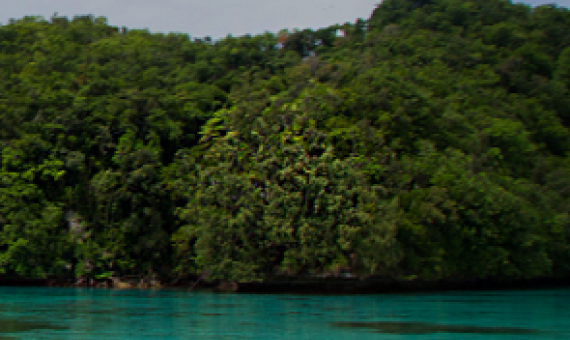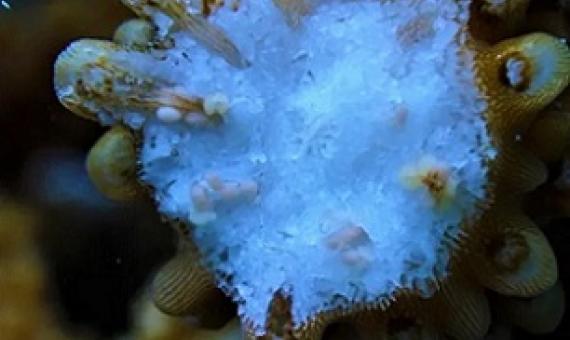The non-paper recognises that the success of the new regulatory framework for biodiversity in the high seas will be strongly dependent on the availability of ocean scientific knowledge and services, including data and information, capacity building and transfer of marine technology.
For over five years, the Palau International Coral Reef Center has been providing annual updates to the Rubekul Belau.
The Green Party wants at least 30 percent of New Zealand's oceans to be protected by 2030. It also wants a 10 year moratorium on all forms of seabed mining. It's released its "Thriving Oceans Plan" at a campaign event at Bastion Point in Auckland today.
The Fisheries Protection Trust Fund, which is expected to help finance management of the Palau National Marine Sanctuary (PNMS), has risen close to $3 million, according to the PNMS update published by the Palau International Coral Reef Center (PICRC) last week. The goal of the fund is to re
The Locally Managed Marine Area (LMMA) Network has launched an ambitious €4.4 million (US$5.1 million) project in partnership with the Pacific Community (SPC), aiming to bring decades of learning from community-based marine management efforts to scale in the Pacific Islands.
An Introduction to the MPA guide
The Marine Protected Area (MPA) Guide refines existing language and captures a shared vision to describe MPAs and the conservation outcomes they provide. The Guide is the work of many hundreds of stakeholders from around the world. It is a timely and important tool to help drive more and better ocean protection and reflects a collective ambition to find unity in language and consistency in approach.
Resident Manager Chris Hamilton says as part of their social and corporate responsibility, they’ve been planting mangroves in the surrounding coastal areas.
To Feed or Not to Feed? Coral Reef Fish Responses to Artificial Feeding and Stakeholder Perceptions in the Aitutaki Lagoon, Cook Islands
Feeding wild animals is a regular habit in ecotourism worldwide with poorly known consequences for ecosystem functioning. This study investigates how effective bread feeding is at attracting coral reef fish in the South Pacific, which feeding groups of fish are most attracted, and how natural foraging rates of an omnivorous and a grazingdetritivorous fish are affected. Data were collected at sites where fish are regularly fed bread by snorkellers and at comparison sites where bread was only provided for this study, within the Aitutaki lagoon (Cook Islands).
President Tommy E. Remengesau spoke to the National Environment Symposium (NES) this past Tuesday on a theme which prevailed throughout the conference: that marine conservationism and economic sustainability go hand-in-hand.
When Hanna Koch, coral reproduction scientist at Mote’s Summerland Key facility, talks about spawning, or coral sex, she gets excited. Last year, Koch hit a huge milestone when the first “home-grown” batch of corals produced entirely from Mote’s own restoration broodstock spawned in her lab

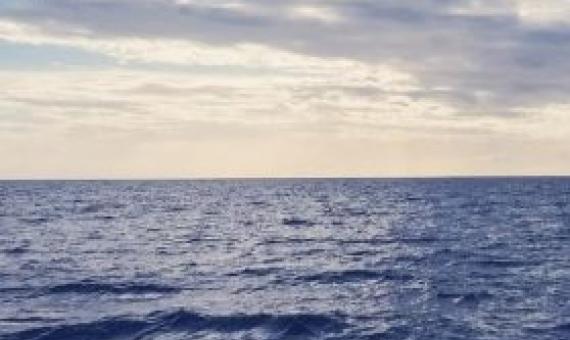
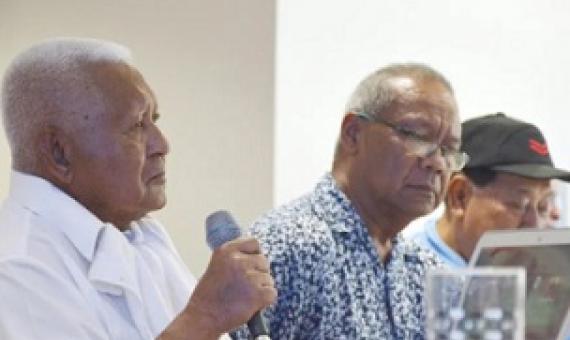
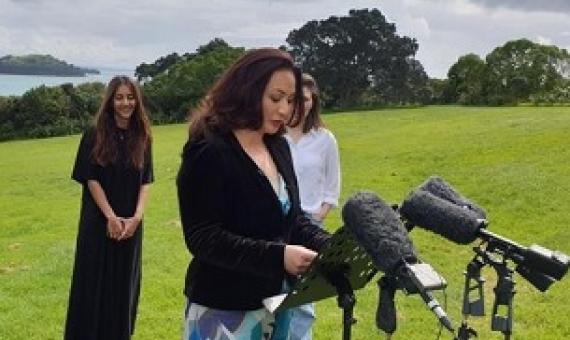
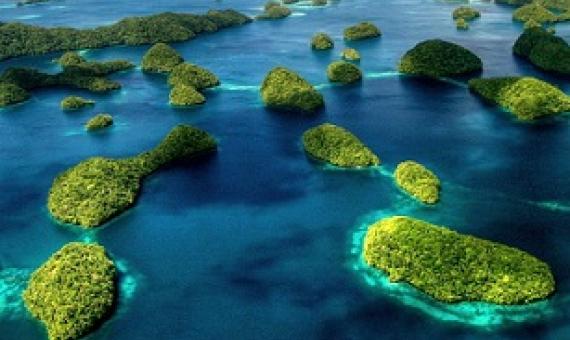
![STAFF AND MANAGEMENT AT THE SHANGRI-LA’S FIJI RESORT WILL CONTINUE TO PRIORITIZE THE NEED TO SAFEGUARD THE ISLAND’S ECOSYSTEM.[SOURCE: HIDEAWAY HOILDAYS]](/sites/default/files/styles/news_teaser/public/ShangriLAresort_mangroves_FJ.jpg?itok=zaI4WIm3)
